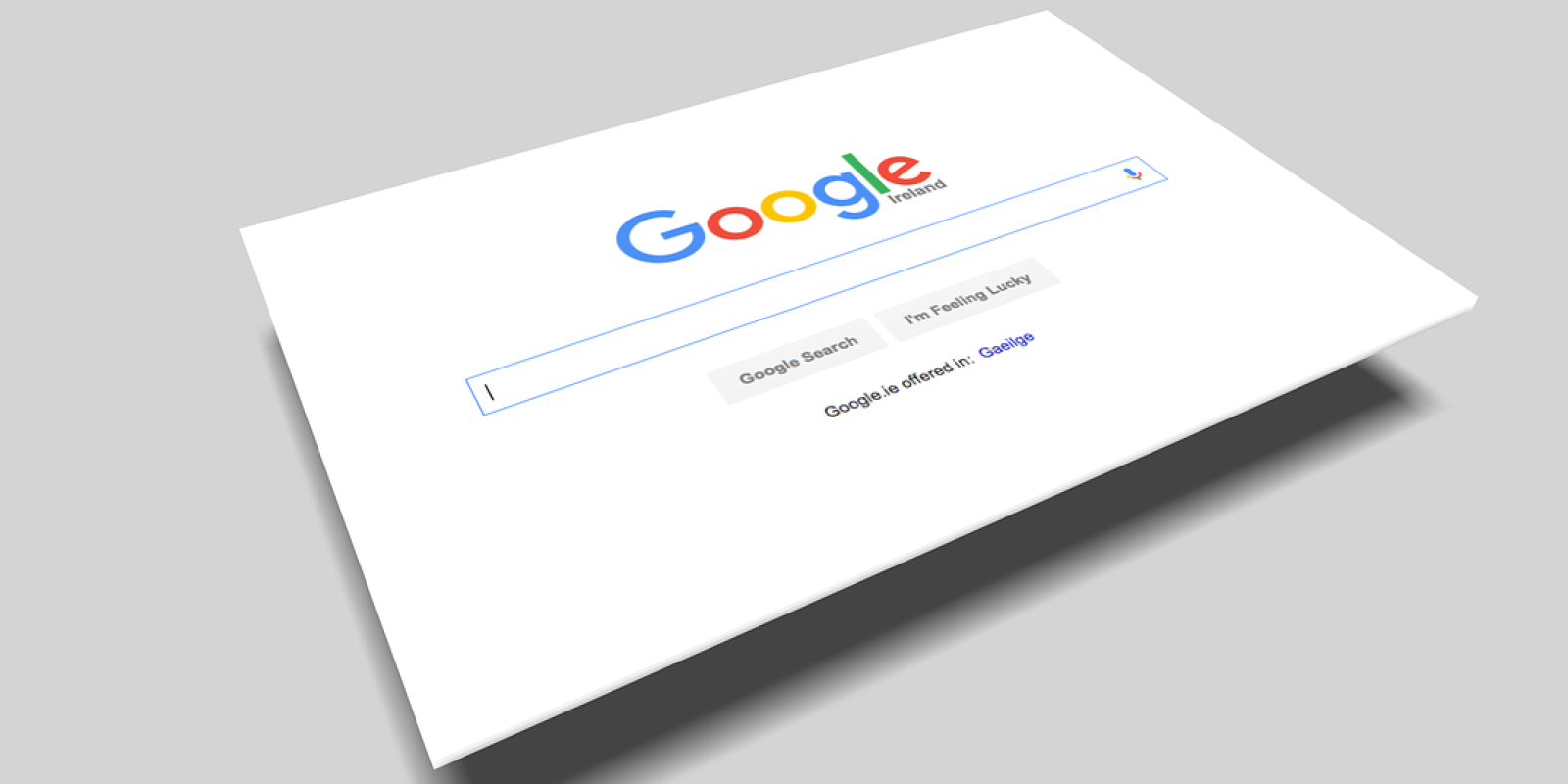It can be difficult for a startup or SME in Italy to gain access to bank credit because the parameters required to have a good credit rating are often unattainable and the conditions to be met following any financing are onerous for these types of companies.
It is not possible, however, to grow without funding. How to break the impasse? It is essential to broaden one's gaze to all the possible sources of financing available to a business, which today are more numerous than ever thanks to alternative finance. In order to efficiently and continuously support a company's growth, it is necessary to be aware of and know how to take advantage of all these sources at the right time, either sequentially at different stages of the company's life or one as a prerequisite for another, or even two at the same time: it is part of the strategy of turning capital raising into a business asset.
Mixing alternative finance tools with traditional finance channels, for example, is a strategy that can facilitate access to them: find out how crowdfunding can improve your credit rating.
Creditworthiness: what it is and how it is obtained
Creditworthiness is an indicator for assessing the reliability of an applicant for a loan, which measures its risk of default. When banks receive an application for a loan, they are required by law to check the creditworthiness of the applicant company or person in order to assess whether to grant the loan, and based on the rating they also determine what conditions to apply. Companies may already have a rating assigned by a specialized agency: in that case the bank may refer to that rating or decide to assign its own.
The calculation of creditworthiness is complex and takes into account several factors, both qualitative and quantitative:
- The quantitative analysis consists of the detailed examination of the company's balance sheet, with particular attention to cash flow and the relationship between assets and liabilities;
- qualitative analysis defines the overall picture of the company, from the target market, legal form, competitive position, to management composition and business strategy;
- historical analysis verifies the company's previous and current debt history, the amount and size of open debts, any defaults and late payments.
Based on these parameters, a numerical score (credit score) is assigned to the company, which determines its membership in one of the rating classes ranging from AAA to C (from most reliable to least reliable).
To have high creditworthiness, therefore, one must have good financial metrics, not overindulge in debt, repay loans on time, meet all other financial obligations (e.g., bill and vendor payments), guarantee customer payments, and constantly monitor cash flow.
Many of the conditions listed are really hard to achieve for a startup, which has few metrics, but also for more mature companies. Crowdfunding can help improve the ratios that banks pay most attention to when assessing creditworthiness.
Improving credit rating with reward crowdfunding
Reward crowdfunding is a way of raising capital that allows you to start selling even if the product is still only in the prototype state. Starting to sell means starting to have numbers: through the crowdfunding campaign you build a community of supporters who pay for the product before they even have it, thus generating revenue for the company.
Both customers and the capital needed to complete the implementation and initial distribution of the product are obtained in the same transaction. At the same time, a reward crowdfunding campaign is a market test, with which to see if there is demand for that product and gather feedback on possible improvements. Read a href="https://www.turbocrowd.it/en/reward-crowdfunding/" target="_blank" rel="noreferrer noopener">the article on reward crowdfunding to learn more about how it works and its benefits.
Being able to prove to a bank that business works because there are people willing to pay for a product, without even receiving it in the immediate term, is a nice boost to credit reputation, because the lending institution will know that it does not have to be the first to believe in the company that is asking it for financing-others have already done so.
Want to learn more directly with our crowdfunding experts about the topic you are reading about?
Turbo Crowd can reveal to you all the tricks of the crowdfunding trade, explain the capital-raising opportunities available to you, and provide you with practical support to carry out a successful crowdfunding campaign.
Equity crowdfunding to improve creditworthiness
An equity crowdfunding campaign also shows the bank that there are already many people who believe in the company's potential. So much so that they want to become partners in it: with more people in the corporate structure, as opposed to just one or a few partners, more people can step in if a cash injection is needed and risk is mitigated by spreading it out.
Not only that: an equity crowdfunding campaign is a capital increase, which in most cases takes place at a premium, whereby shares are sold in the market at a higher value than their par value. This premium goes on the balance sheet under "share premium reserve" and increases the company's assets.
Among the many benefits of a successful equity crowdfunding campaign, then, is an improvement in creditworthiness. Credit reputation is enhanced by the greater capital available, a broader-backed corporate structure, positive market feedback, and the company's use of the tangible and intangible resources it will have earned.
Participatory financial instruments to improve credit reputation
We have talked extensively about the strategic advantages of Participatory Financial Instruments and the SAFE Agreement. Strategic advantages of Participatory Financial Instruments and SAFE Agreement.
From the point of view of credit rating, using participatory financial instruments and/or SAFE offers the same improvements to which equity crowdfunding gives access. In addition, it allows you to select investors, bringing in useful professionalism and gaining authority.
The capital thus raised is initially a hybrid of debt and equity, but since there is no repayment clause it is entered on the balance sheet without encumbering in the same line item where debt is entered. Therefore, it is not considered in the valuation of debt that the company already has on its shoulders.
For this reason, however, lending crowdfunding does not come in handy for improving credit rating: it is set up as debt.
The potential of crowdfunding, as we can see, goes far beyond alternative finance, and banks themselves, in fact, are showing interest in this tool, activating partnerships or collaborations in various capacities with platforms or becoming owners of crowdfunding portals themselves (a trend that was noted across Europe by the latest European Crowdfunding Market Report).
To find out how to fully leverage the competitive advantages of crowdfunding to improve your company's rating parameters, learn more about the various types of crowdfunding on our blog. on our blog.
Do you need support in preparing a successful crowdfunding campaign and seeking potential investors for your project?
Turbo Crowd can accompany you throughout the process, from organizing the precrowd to closing the collection, developing effective and innovative marketing strategies to best promote your campaign.













































